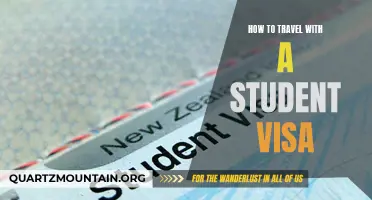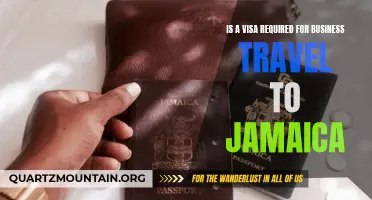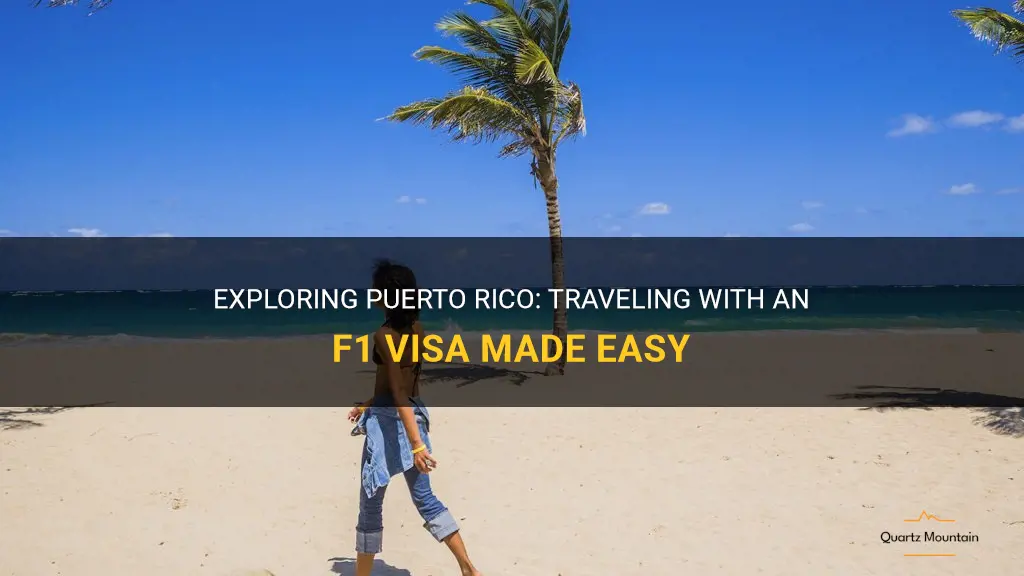
Puerto Rico, the enchanting Caribbean island known for its vibrant culture, stunning beaches, and rich history, is a dream destination for many travelers. And if you hold an F1 visa, exploring this tropical paradise has never been easier. With its unique status as a US territory, Puerto Rico offers a seamless travel experience for international students and scholars. In this guide, we will walk you through the essentials of traveling to Puerto Rico with an F1 visa, from understanding the entry requirements to exploring the countless attractions this island has to offer. So grab your sunblock and get ready to embark on an unforgettable adventure as we delve into the wonders of exploring Puerto Rico with your F1 visa.
What You'll Learn
- Are F1 visa holders allowed to travel to Puerto Rico?
- What are the requirements for F1 visa holders to travel to Puerto Rico?
- Are there any restrictions or limitations for F1 visa holders traveling to Puerto Rico?
- Can F1 visa holders enter Puerto Rico without a visa?
- Is there a specific visa process for F1 visa holders traveling to Puerto Rico?

Are F1 visa holders allowed to travel to Puerto Rico?
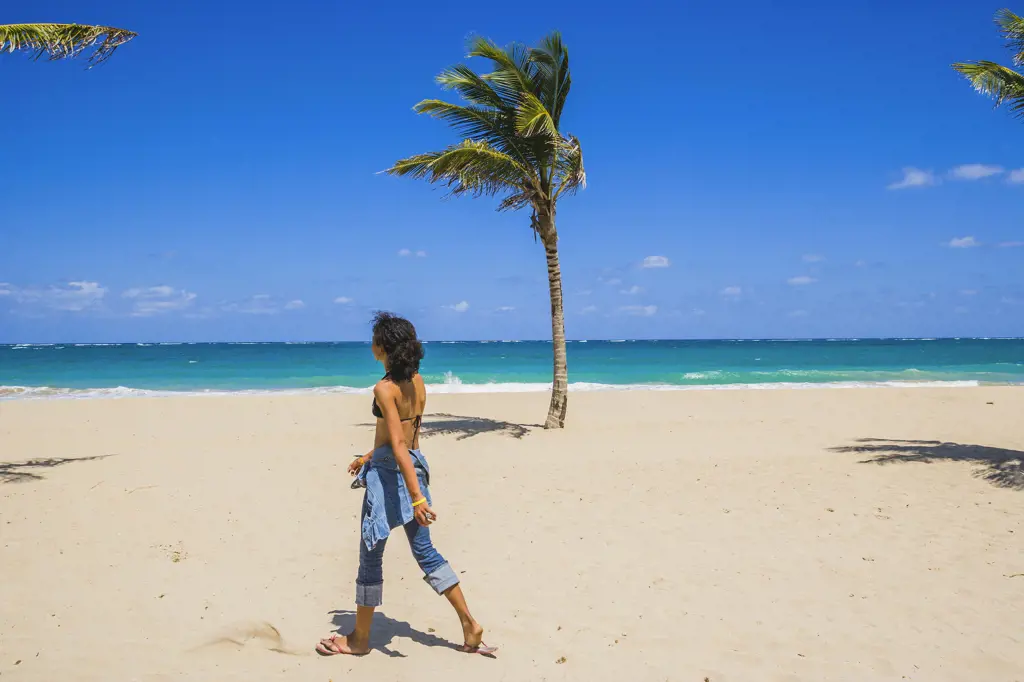
F1 visa holders are international students studying in the United States. They come from different countries and have the opportunity to explore various parts of the country during their time here. However, when it comes to traveling outside of the mainland U.S., there might be some considerations to keep in mind, specifically for traveling to Puerto Rico.
Puerto Rico is a territory of the United States, and therefore, F1 visa holders are generally allowed to travel there without any major issues. Since Puerto Rico is not a separate country, F1 visa holders do not need to obtain an additional visa or undergo any specific immigration procedures to visit the island.
However, despite Puerto Rico being part of the United States, it is still important for F1 visa holders to carry certain documents when traveling to the island. These documents include a valid passport, I-20 form, and an unexpired F1 visa stamp. It is also advisable to have a valid I-94 record, which is the proof of legal status in the United States. These documents may be requested upon entry to Puerto Rico, so it is essential to have them readily available.
In addition to the required documents, it is also crucial for F1 visa holders to have a good understanding of their visa status and any travel restrictions that might apply. While F1 visa holders are generally allowed to travel freely within the United States, there might be specific circumstances or situations that could impact their ability to travel. For example, if a student is on Optional Practical Training (OPT) and their employment authorization has expired, they may face challenges re-entering the United States from Puerto Rico. Therefore, it is essential to consult with the designated school official (DSO) or an immigration attorney before making any travel plans.
Furthermore, F1 visa holders should also consider the potential impact of traveling to Puerto Rico on their academic standing. It is crucial to communicate with the school's international student services office or DSO to ensure that the planned trip will not negatively affect enrollment or compliance with the visa regulations. Additionally, F1 visa holders should be aware of any travel advisories or warnings issued by their home country or the United States government regarding travel to Puerto Rico.
In conclusion, F1 visa holders are generally allowed to travel to Puerto Rico without any major issues or additional visa requirements. However, it is important to carry the necessary documents and be aware of any travel restrictions that might apply. Consulting with a DSO or immigration attorney is recommended to ensure a smooth and hassle-free trip. By planning ahead and staying informed, F1 visa holders can enjoy their time in Puerto Rico while maintaining compliance with their visa regulations.
Can H1B Visa Holders Travel to Hawaii? What You Need to Know
You may want to see also

What are the requirements for F1 visa holders to travel to Puerto Rico?
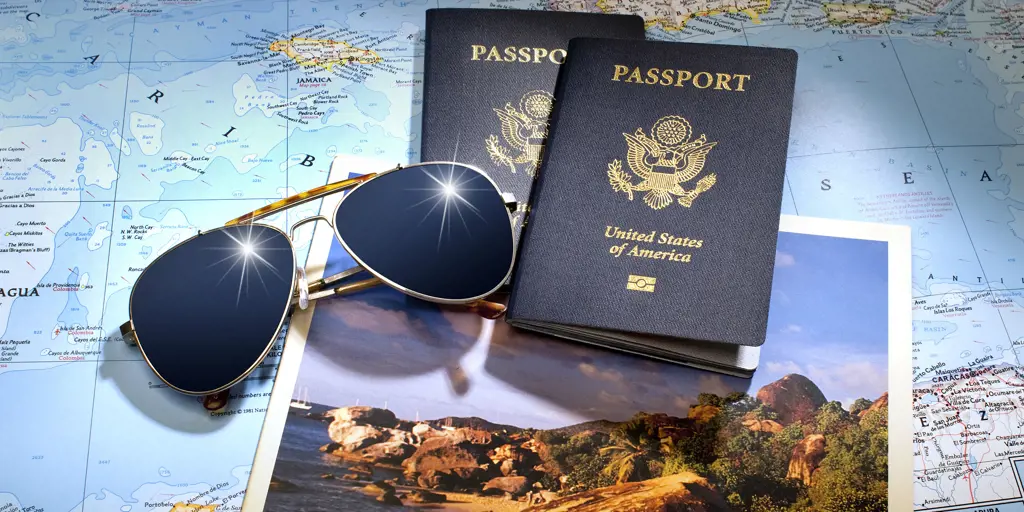
F1 visa holders who need to travel to Puerto Rico must adhere to certain requirements to legally enter and stay in the country. Puerto Rico, being a U.S. territory, follows many of the same rules and regulations as the mainland United States when it comes to immigration. In order to enter Puerto Rico as an F1 visa holder, you must have the following requirements in place:
Firstly, it is essential to have a valid F1 visa stamped on your passport. The F1 visa is a nonimmigrant visa that allows foreign students to study in the United States. Without a valid F1 visa, you may not be allowed to enter Puerto Rico or any other part of the United States.
Additionally, you should have a valid Form I-20 issued by your designated school or academic institution. The Form I-20 is an essential document that proves your enrollment in a U.S. educational institution and outlines your course of study. It is also required for maintaining your student status in the United States.
Apart from the visa and Form I-20, you must ensure that you have a valid passport with at least six months of remaining validity. This requirement is in line with most international travel guidelines and is essential for entering Puerto Rico.
Furthermore, it is crucial to maintain your F1 visa status by abiding by the rules and regulations set by the U.S. Citizenship and Immigration Services (USCIS). This includes enrolling in a full course load, attending classes regularly, and making satisfactory academic progress. Failure to comply with these requirements may result in the termination of your F1 visa status and could affect your ability to travel to Puerto Rico.
It is worth noting that although Puerto Rico is a U.S. territory, it does have certain unique considerations for F1 visa holders. For example, Puerto Rico has its own customs regulations, and you may be required to declare certain items when entering or leaving the country. It is advisable to familiarize yourself with these specific requirements before traveling.
To summarize, F1 visa holders traveling to Puerto Rico must have a valid F1 visa, a Form I-20 issued by their academic institution, a valid passport with sufficient validity, and must adhere to the regulations set by the USCIS to maintain their visa status. Familiarizing yourself with Puerto Rico's customs regulations is also recommended to ensure a smooth entry into the territory. By meeting these requirements, F1 visa holders can enjoy their studies and travel experiences in Puerto Rico.
Exploring Visa Applications in Hong Kong: Your Key to Travelling Abroad
You may want to see also

Are there any restrictions or limitations for F1 visa holders traveling to Puerto Rico?
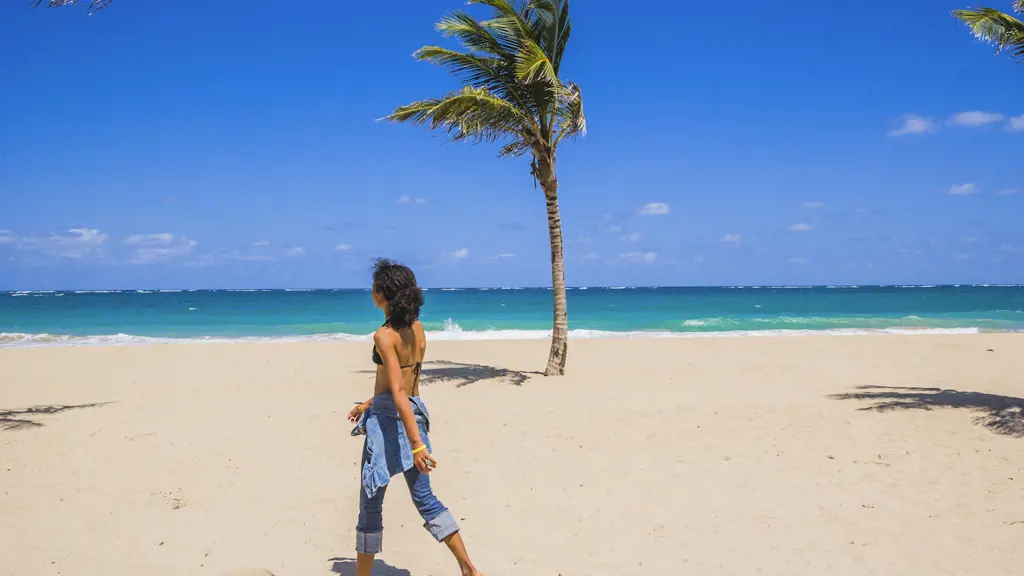
Traveling to Puerto Rico as an F1 visa holder may require some additional considerations and planning. While Puerto Rico is a United States territory, there are still specific restrictions and limitations that F1 visa holders should be aware of before making travel plans.
According to the United States Citizenship and Immigration Services (USCIS), F1 visa holders are generally allowed to travel within the United States and its territories. However, there are a few important points to keep in mind when planning a trip to Puerto Rico.
First, it is crucial to ensure that your F1 visa and passport are valid throughout the duration of your trip. Make sure to check the expiration dates well in advance and apply for visa or passport renewals if necessary.
Next, it is worth noting that traveling to Puerto Rico does not count as leaving the United States for immigration purposes. This means that you will not need to go through customs or show your visa or passport when traveling between the mainland United States and Puerto Rico. However, it is always wise to carry these documents with you in case you encounter any unforeseen circumstances during your journey.
Despite Puerto Rico being a territory of the United States, it is essential to remember that it is not a state. This distinction can have implications for certain benefits and services available to F1 visa holders. For example, F1 students may have different access to financial aid or scholarships specifically designated for students studying in states. It is crucial to research and understand any potential differences before making travel plans.
Furthermore, when traveling to Puerto Rico, it is necessary to be mindful of any potential changes in travel regulations. Immigration policies can change, and it is important to be aware of any updates or announcements issued by the USCIS, U.S. Department of State, or Puerto Rican government.
To ensure a smooth and hassle-free trip, it is always a good idea to carry important documents, such as your F1 visa, passport, I-20 form, and I-94 arrival/departure record, with you at all times. These documents may be required for identification or verification purposes during your travels.
Additionally, it may be helpful to consult with your designated school official (DSO) before making any travel plans. Your DSO can provide guidance and answer any specific questions you may have as an F1 visa holder traveling to Puerto Rico. They can also provide you with important contact information or resources if you encounter any difficulties while traveling.
In summary, while there are generally no specific restrictions or limitations for F1 visa holders traveling to Puerto Rico, there are still important factors to consider. Ensure that your visa and passport are valid, carry important documents with you, stay informed about any changes in travel regulations, and consult with your DSO if you have any concerns or questions. By taking these steps, you can have a safe and enjoyable trip to Puerto Rico as an F1 visa holder.
Exploring International Travel Opportunities for Parole Visa Holders from the US
You may want to see also

Can F1 visa holders enter Puerto Rico without a visa?
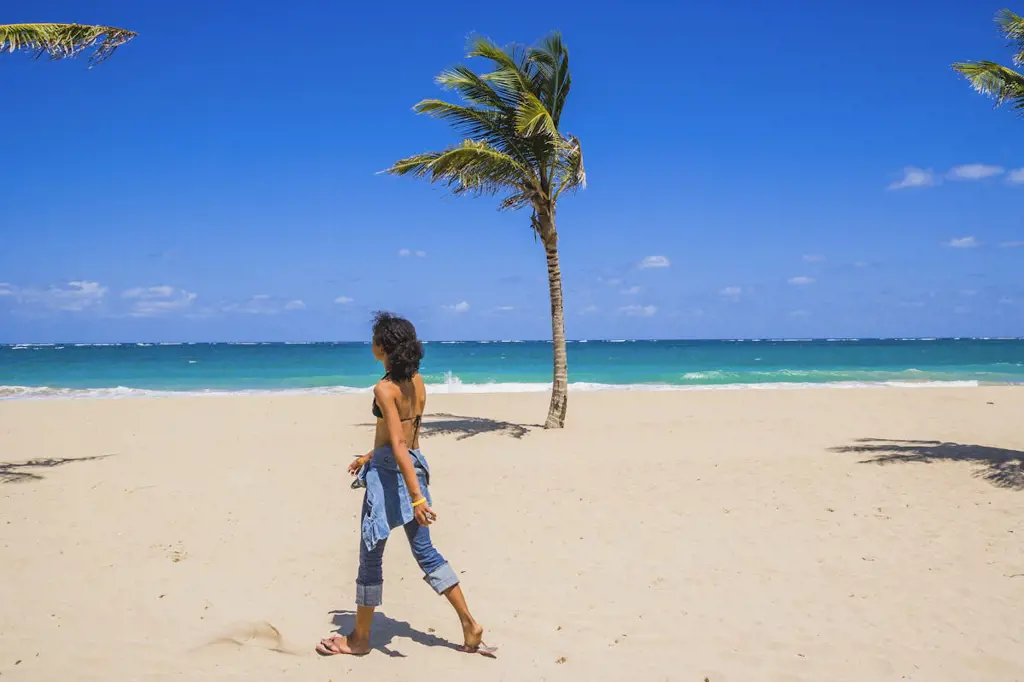
If you are an international student holding an F1 visa and you are planning to visit Puerto Rico, one of the most common questions you might have is whether you can enter the territory without a visa. The answer to this question is quite straightforward – yes, as an F1 visa holder, you can enter Puerto Rico without a visa.
According to the U.S. Department of State, Puerto Rico is an unincorporated territory of the United States, which means that it is under the jurisdiction of the U.S. immigration laws. As an F1 visa holder, you have the privilege to enter Puerto Rico, just as you would enter any other state or territory within the United States.
The F1 visa is a non-immigrant visa issued to international students who are pursuing academic degrees or language training programs in the United States. It allows students to study full-time at accredited academic institutions and also grants them the ability to engage in practical training activities related to their field of study.
When you are traveling to Puerto Rico, it is important to keep in mind that you will be subject to all the rules and regulations of the F1 visa. This means that you must maintain your full-time student status, possess a valid Form I-20 issued by your educational institution, and have a valid F1 visa stamp in your passport.
In addition to the general F1 visa requirements, you may also need to present certain documents upon arrival in Puerto Rico. These documents can include a valid passport, your Form I-20, and proof of financial support. It is always a good idea to carry these documents with you whenever you travel, as they may be requested by immigration officials.
It is also important to note that while you do not need a separate visa to enter Puerto Rico as an F1 visa holder, you may still be subject to the regular immigration procedures and inspections. This means that you may need to go through passport control, have your fingerprints taken, and answer questions about the purpose of your visit. It is important to be prepared and cooperative during these procedures to ensure a smooth entry into Puerto Rico.
In conclusion, F1 visa holders can enter Puerto Rico without a visa. However, it is important to comply with all the requirements and regulations of the F1 visa, as well as any additional requirements when entering Puerto Rico. By being prepared and following all the necessary procedures, you can enjoy your visit to Puerto Rico while maintaining your legal status as an international student.
Understanding the Travel Restrictions for H-4 Visa Holders: Can They Travel to the US?
You may want to see also

Is there a specific visa process for F1 visa holders traveling to Puerto Rico?
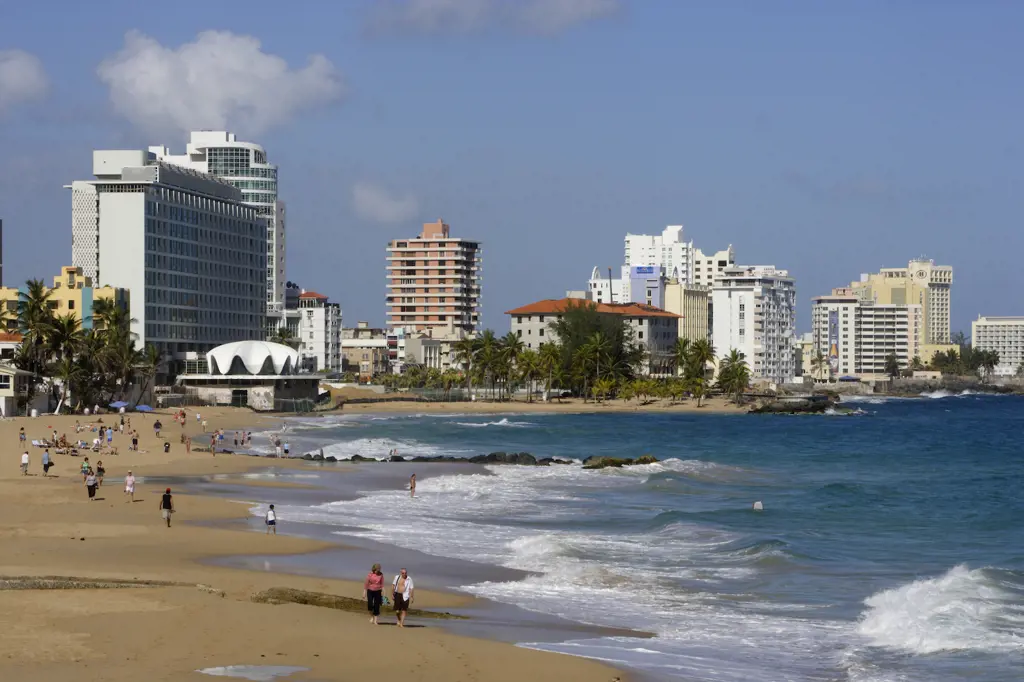
If you are a foreign student holding an F1 visa and planning to travel to Puerto Rico, you may be wondering whether there is a specific visa process for your trip. In general, traveling to Puerto Rico as an F1 visa holder does not require any additional paperwork or visa applications. Here's a closer look at the visa requirements for F1 visa holders traveling to Puerto Rico.
The F1 visa is a non-immigrant visa category that allows foreign students to study in the United States. Puerto Rico, as a territory of the United States, follows the same immigration laws and regulations as the mainland. Therefore, if you already have a valid F1 visa, you can travel to Puerto Rico without the need for any additional visa applications.
However, it's essential to keep in mind that traveling to Puerto Rico is considered a domestic trip for F1 visa holders. This means that you should carry all the necessary documents required for domestic travel within the United States. These documents typically include your valid passport, F1 visa, I-20 form, and a valid travel signature from your Designated School Official (DSO). It's also advisable to carry a copy of your class schedule, proof of enrollment, and any other relevant documents related to your study program.
While there is no specific visa process for F1 visa holders traveling to Puerto Rico, it's crucial to ensure that you have the necessary documentation to prove your legal status and purpose of travel. Customs and Border Protection officers may ask for these documents upon arrival in Puerto Rico, similar to any other domestic flight within the United States. Therefore, it's always a good idea to be prepared and carry all the required paperwork with you.
In some cases, F1 visa holders traveling to Puerto Rico may encounter additional scrutiny at the port of entry due to the unique status of Puerto Rico as a territory. However, as long as you have a valid F1 visa and all the necessary documentation, you should not face any issues during your trip.
It's essential to note that the information provided here is based on general guidelines and regulations. Immigration policies can change, and it's always a good idea to consult with your school's International Student Office or a qualified immigration attorney to ensure that you have the most up-to-date information and guidance regarding your specific situation.
In conclusion, F1 visa holders traveling to Puerto Rico do not require any additional visa applications or processes. As long as you have a valid F1 visa and carry all the necessary documentation, your travel to Puerto Rico should go smoothly. However, it's crucial to stay informed about any potential changes in immigration policies and consult with the appropriate authorities for personalized guidance.
Traveling Abroad with a U-Visa: What You Need to Know
You may want to see also
Frequently asked questions
Yes, as a holder of an F1 visa, you are generally allowed to travel to Puerto Rico without any additional travel documents. Puerto Rico is a U.S. territory, and therefore, it is considered part of the United States for immigration purposes. This means that you can enter Puerto Rico with your F1 visa and do not need to obtain a separate visa or travel authorization.
Yes, it is essential to have a valid passport to travel to Puerto Rico with an F1 visa. Even though Puerto Rico is a U.S. territory, and your F1 visa allows you to enter, you still need to present a valid passport as required for international travel. Make sure your passport is valid for at least six months beyond your intended departure date and has the necessary visa stamp.
Yes, similar to Puerto Rico, you can generally travel to other U.S. territories such as the U.S. Virgin Islands and Guam with your F1 visa. These territories are also considered part of the United States for immigration purposes. However, it is always recommended to check with the U.S. Customs and Border Protection (CBP) or the embassy/consulate of the specific territory you plan to visit for any additional requirements or restrictions.


